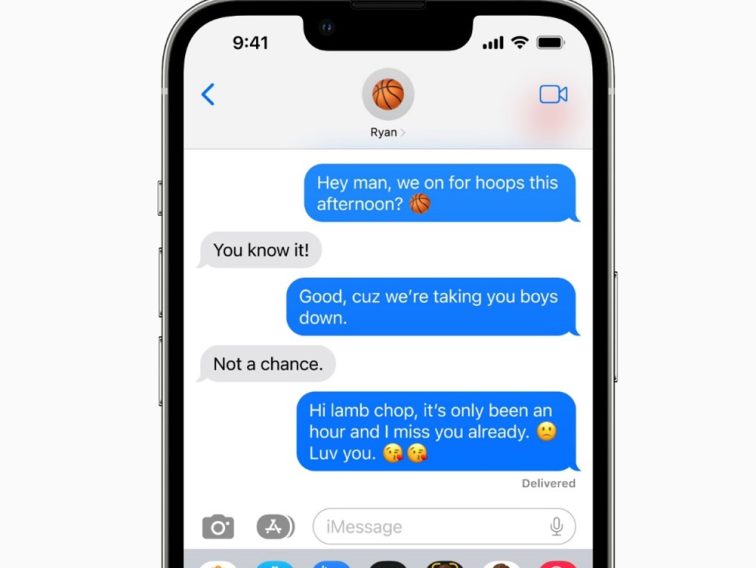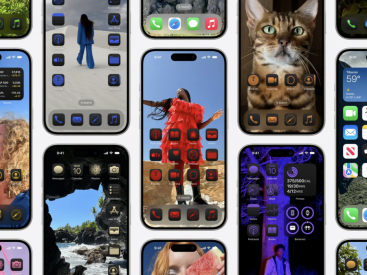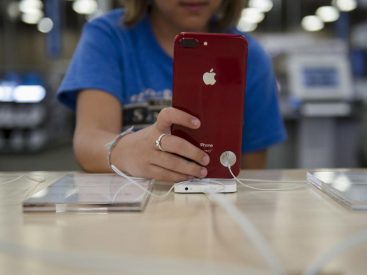Contents
Intro
When it comes to messaging apps, a burning question for many is, is iMessage safer than WhatsApp? This question is getting more traction as people are becoming increasingly concerned about digital privacy and security. Both iMessage and WhatsApp offer some impressive security features, but they operate in very different ecosystems. Let’s break down their privacy and security measures, functionality, user experience, and more. Let’s dive into which app might be the better choice for your private chats!
Privacy and Security

Both iMessage and WhatsApp are heavyweights in the privacy arena. For starters, iMessage utilizes *end-to-end encryption*, meaning your messages are only readable by the intended recipient. This encryption is super vital because Apple controls the ecosystem, giving it an upper hand in privacy management.
On the flip side, WhatsApp also employs *end-to-end encryption*. Mark Zuckerberg has even emphasized its security features, suggesting they might offer more robust protection compared to traditional messaging apps. Some users might not realize, but WhatsApp’s encryption makes it a popular choice for people who prioritize privacy.
So, when I ask myself, “Is iMessage really safer than WhatsApp?” I have to consider the platforms they operate on. While both apps encrypt messages, iMessage benefits from Apple’s control over its ecosystem. In contrast, WhatsApp, owned by Facebook, has been scrutinized for its data practices. Both offer great privacy, but Apple’s track record makes me lean slightly towards iMessage for safety.
Functionality

The functionalities of these apps can influence your choice just as much as their security features. iMessage shines when it comes to Apple device integration. If you’re in the Apple ecosystem, you get to enjoy seamless communication across your devices. With cool features like *typed effects* and *digital touch*, it’s like messaging on another level!
Meanwhile, WhatsApp is designed for cross-platform use, making it accessible to a massive global audience. You can send texts, pictures, voice notes, and even make voice or video calls. If I had to compare the functionalities, I’d say if you’re an Apple diehard, iMessage takes the cake. But if you’re in a mixed-device environment, WhatsApp is incredibly flexible.
Both apps support multimedia messaging, but iMessage gives that Apple flair—think colorful bubbles and easy-to-use features that are just super fun! WhatsApp, while less flashy, is reliable and familiar for users across different operating systems.
User Experience

User experience can be a game changer when choosing a messaging app. I’ve found iMessage offers an easy-to-navigate interface that keeps the conversation flowing. The clean design is appealing, especially for those who love Apple’s minimal aesthetic. Plus, the fact that it integrates so well with my Apple devices makes it the go-to for many iPhone users.
On the other hand, WhatsApp features a simple and intuitive layout. It’s straightforward and perfect for quick chats. It allows me to quickly manage group chats, which is a bonus if you often coordinate plans. Although it lacks some customization, its user-friendly approach keeps me coming back, especially when I’m chatting with friends who don’t use Apple.
The takeaway here? If you’re in the Apple ecosystem, iMessage might feel more familiar and integrated. However, WhatsApp’s versatility is hard to ignore, especially if your friends are spread across multiple devices.
Data Usage and Storage
Let’s talk about data usage because it’s something we often overlook. iMessage can operate over both Wi-Fi and cellular data, but interestingly, it tends to require data for multimedia messages, regardless of the recipient’s device. When I’m on cellular, I notice that media files can eat up my data quickly.
Conversely, WhatsApp generally uses less data for basic text messages. However, if you’re frequently sharing large media files or videos, you might want to keep an eye on your data usage. For example, I once sent a group video on WhatsApp, and it surprisingly used more data than I expected!
So, if data conservation is important to you, WhatsApp could be a better fit, especially for users on limited plans. But for those who are all-in with Apple, iMessage’s multimedia experience might make data usage worth it.
Popularity and User Base
Popularity can greatly influence our choices too. iMessage is predominantly used among Apple device owners, and that loyalty is real! Apple’s branding has created a strong community of users who prefer the integrated experience.
Meanwhile, WhatsApp boasts a global user base. In fact, it’s one of the most downloaded apps worldwide. This means you’re likely to connect with more friends if you use WhatsApp—especially if they aren’t in the Apple ecosystem. Personally, when I connect with international friends, WhatsApp is my go-to simply for its acceptance worldwide.
This difference in user demographics can be a significant factor as you decide between these two apps. If most of your friends use iPhones, iMessage could be more beneficial. But if you’re casting a wider net, WhatsApp might make more sense.
Customization and Personalization
Customization often adds a personal touch to messaging apps. iMessage allows me to play around with chat backgrounds and use various stickers. I mean, who doesn’t like jazzing up conversations with some fire GIFs or cute stickers?
In contrast, WhatsApp focuses more on chat organization. You can pin important conversations or even create chat folders, which I find handy when I’m juggling multiple group chats.
While iMessage offers more personalization options, WhatsApp’s organizational features can be super useful. If you’re like me and love keeping chats sorted, you’ll appreciate what WhatsApp brings to the table, even if it isn’t as colorful as iMessage.
Conclusion
So, to wrap things up, both iMessage and WhatsApp have their unique strengths. While I feel iMessage may have the edge in terms of privacy and seamless integration for Apple users, WhatsApp excels in versatility and user reach. I encourage you to explore both and see what fits your style.
I’d love to hear your thoughts! Feel free to leave a comment or share this article. For more information on Apple products, don’t forget to check out iPhone7Price.org.



